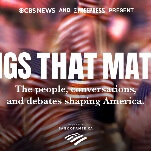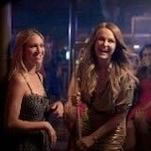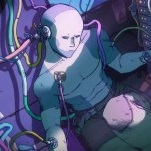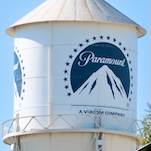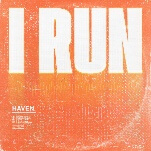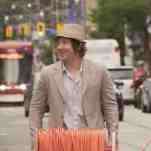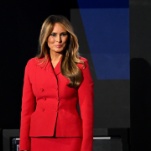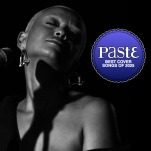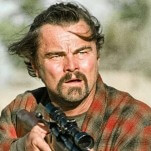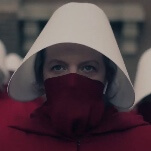10 sketches that capture the highbrow-meets-lowbrow style of The State
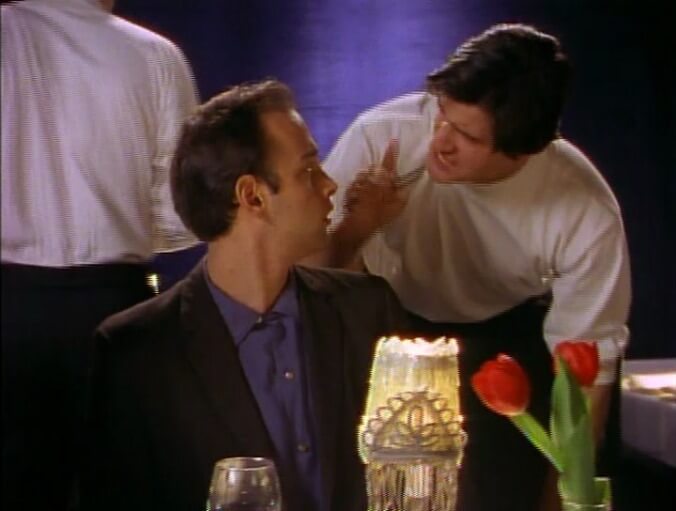
With so many new series popping up on streaming services and DVD every day, it gets harder and harder to keep up with new shows, much less the all-time classics. With TV Club 10, we point you toward the 10 episodes that best represent a TV series, classic or modern. If you watch these 10, you’ll have a better idea of what that series was about, without having to watch the whole thing. These are not meant to be the 10 best episodes, but rather the 10 most representative episodes.
If you don’t know The State, you probably know its members. Joe Lo Truglio fights crime on Brooklyn Nine-Nine, and Michael Ian Black and Kerri Kenney-Silver are playing a married couple in the upcoming sitcom Us & Them. Thomas Lennon and Robert Ben Garant are writing another Night At The Museum sequel. Ken Marino stars in Childrens Hospital, which is sometimes written by Michael Showalter, is sometimes directed by Michael Patrick Jann, and always executive produced by David Wain. Kevin Allison and Todd Holoubek don’t do much on film anymore (the former hosts the popular story-sharing podcast RISK!), but they joined the rest of the troupe in Reno 911!: Miami and The Ten. And for a year and a half in the mid-1990s, the 11 members of The State wrote, performed, and often directed the best sketch comedy on the air.
It was a golden age for sketch on TV. As NBC’s Saturday Night Live embalmed itself into an institution and the rest of The Big Three wanted a piece of the action. CBS imported The Kids In The Hall from CBC, and ABC imported The Dana Carvey Show from SNL. But the real challengers were on the newer networks. All decade long, upstart Fox tried to cultivate its own sketch superpower in the irreverent vein of its sitcoms, The Simpsons and Married…With Children. First came the Wayans’ spiky In Living Color, then the snazzier Ben Stiller Show. Finally, the network figured out what longevity requires with its diet SNL, MADtv. HBO also had Kids In The Hall, but Mr. Show With Bob And David was its homegrown dissident, a more abstract sketch show for the channel that purports to be “Not TV.” And from the end of 1993 to the summer of 1995, nestled between Ben Stiller and Dana Carvey, MTV broadcast The State.
Peddling music videos in the ’80s and The Real World in the ’90s, the channel formerly known as Music Television was branching out during the run of The State. But it still courted a young audience, and The State fit in—to a point. Here was a group of funny, early twentysomethings with a breezy, segmented format. The tension arose between MTV’s vision of an SNL-style show with buzzy music, pop culture riffs, and recurring characters and The State’s conceptual ambitions. The result is 24 episodes that stretch from silly characters to silly ideas.
To pick just 10 sketches is to whittle the series down to the running length of the average episode. The goal isn’t to anoint the funniest sketches, but to give as rich a survey of the show as possible. So this list covers all four seasons and makes time for runners, second-unit sketches, and “Hi, We’re The State” interludes. There are recurring characters and pop culture parodies, and then there are examples of pastiche. Each sketch was chosen to highlight a certain characteristic of The State, but each characteristic shows up in several of the sketches. The unity is a testament to show’s voice, fully formed from the start.
“Hormones” (season one, episode one): “Hormones” visualizes the relative excitement of two lovers on a date with literal, color-coded hormones that dance around when the lovers are turned on. The sketch’s onstage origin makes this an early essential. Not only is it an example of what the group was doing before all the single-camera bits, but its jokes are rooted in theatricality. The State would attempt this kind of theatrical expressionism a few times in the early seasons, like when multiple actors play the same woman to represent her mood swings in “PMS.” “Hormones” is more representational: The hormones are just there to illustrate the state of the lovers’ libidos. They break into pairs themselves when the couple starts to make out. The blue hormones flex their muscles and perform repetitive motions, while the pink ones dance around them. When the guy finishes and the blue hormones fall to the floor exhausted, the girl quickly ushers him out, because she has to get up early. Then comes the punchline: As soon as they exit, the girl ducks behind the couch and the pink hormones start dancing around again.
“Norwegian Cruise” (season two, episode two): Parody on The State includes an early fly-by where a mom praising a detergent is terrified by the detergent’s talking bear mascot and an almost shot-for-shot High Plains Drifter scene that trades the gunslingers for fairy princesses. Early parodies focused more on commercials, particularly MTV’s Free Your Mind ads or PSAs (“Talk to your children about commercial whaling”), but one of the funniest, weirdest parodies is a take on a contemporary cruise commercial in black and white. A couple on vacation musters gravitas and romance as they announce the increasingly ridiculous things they will do on their vacation. “I will break bottles,” says Kenney at her sultriest, “with my ass.” The camerawork adds to the joke, dramatizing a woman making out with a clown and panning across the scenes to preserve the punchlines. One shot begins with Jann’s smiling face, only revealing his collar once he says, “I will pretend I’m a priest,” and only cutting to a new angle when he finishes, “and expose myself to donkeys.” The sketch goes out with its best joke. As a new voice breaks in with the cruise line’s slogan, the couple we’ve been watching puts some kittens in a bag, tosses it into the sea, and kisses in perfect harmony.
“Kabuki Doug” (season three, episode two): The State’s most prominent recurring character, Louie, was a joke about the mechanical comedy of recurring characters. Yet the show established a number of returning players in 24 episodes: There was Barry and Levon, two soul men in velvet suits, not to be confused with Barry Toink, a high school jock. All four show up in “Kabuki Doug,” anchored by the title teenager who keeps mistaking cool authority figures for harsh enforcers. Ostensibly based on The Love Suicides At Sonezaki, “Kabuki Doug” chronicles the forbidden marriage of Doug and Karen, whose love is so tragically moving that Toink commits suicide in their honor and Barry and Levon renounce grooviness. The characters hit their familiar beats—Doug’s hesitant vocals, Louie’s obnoxious greeting, the burnout friends being a little late to the party—but the actors are also speaking in their best Japanese and moving presentationally. When Marino spots Doug and Karen in profile, he announces them while facing the audience, then makes a big deal of pointing with his thumb. The stylized background and traditional music add to the atmosphere. The subject matter is a ribbing, but they’re not making fun of kabuki—they’re using it to rediscover the comedy in their old characters.
“The Restaurant Sketch” (season three, episode three): Every so often a sketch would come with an introductory warning where a cast member, usually Lennon, would say how the network/the other members of The State/concerned parties thought the following sketch wasn’t funny, but that they’re airing it anyway. “The Restaurant Sketch” isn’t that exactly, but it’s in a similar vein, because it’s explicitly interested in what’s funny and why. In this case, Wain goes in and out of character at a restaurant/church/bedroom where the premise keeps changing, and all the while he talks to the audience about how the changing premise reveals whether or not prior jokes were funny. His contention is that things that are untrue are funny, which isn’t exactly true, which is in turn funny. He’s taking comedy seriously, while making fun of taking it seriously, but what makes it a State essential is simply that it’s funny.











